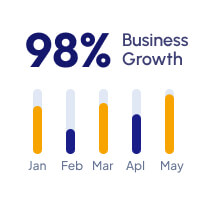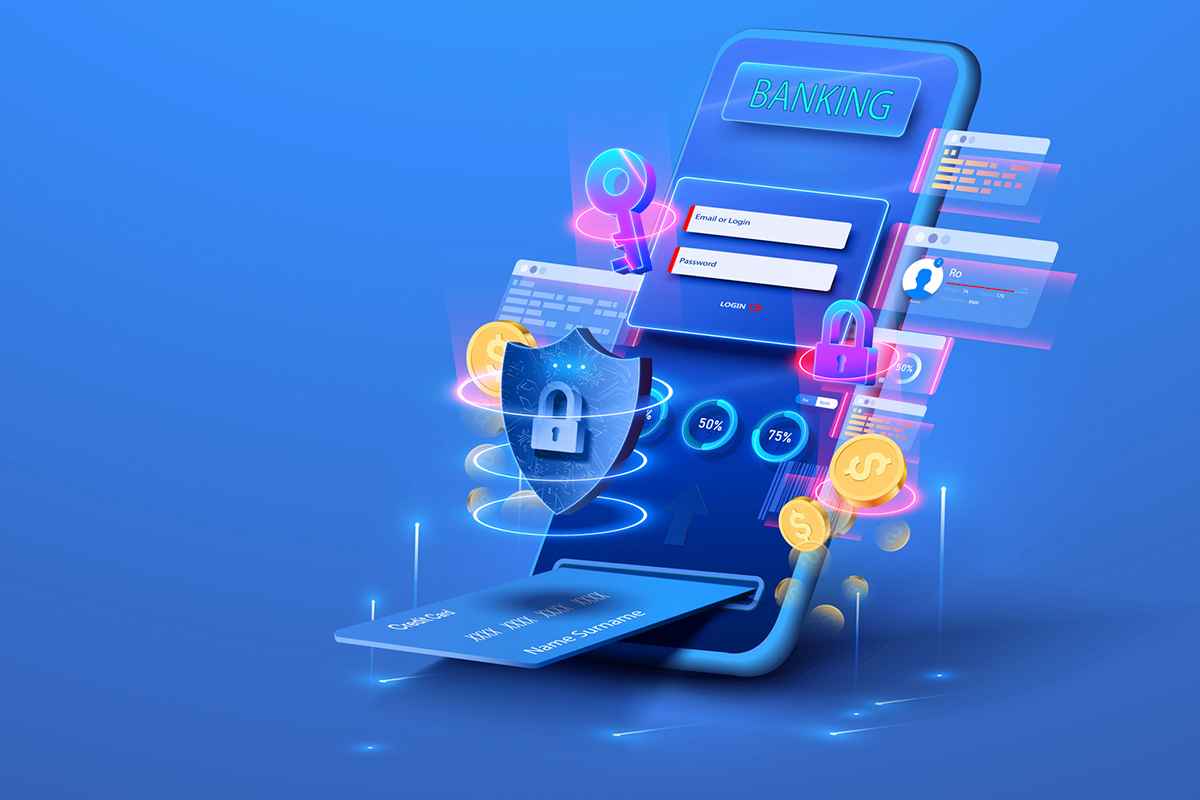Balance Inquiries
A transaction that allows a cardholder to check the current balance of their accounts.

In the fast-paced digital age, where convenience reigns supreme, online banking has emerged as a game-changer in the financial world. Gone are the days of waiting in long queues at brick-and-mortar banks; instead, we find ourselves navigating through virtual portals, conducting transactions with a few taps on our smartphones or clicks on our laptops. But what lies behind this shift, and what does the future hold for online banking?
Online banking, once a novel concept, has become an integral part of our daily lives. Its roots can be traced back to the early days of the internet when banks began offering basic online services like balance inquiries and fund transfers. Over time, advancements in technology have paved the way for a more seamless and secure banking experience.
A transaction that allows a cardholder to check the current balance of their accounts.
A series of electronic messages sent between financial institutions directing each to make the debit and credit.



One of the most significant advantages of online banking is the unparalleled convenience it offers.
Whether you're at home, at work, or on the go, you can access your accounts 24/7.
Eliminating the constraints of traditional banking hours. Need to pay bills, transfer funds, or check your balance? With online banking, it's as easy as logging in to your account.
Security concerns often deterred early adopters of online banking, but significant strides have been made to address these apprehensions. Banks employ robust encryption techniques and multi-factor authentication to safeguard customer data and prevent unauthorized access. Additionally, real-time fraud monitoring helps detect and prevent suspicious activities, providing peace of mind to users.
While online banking offers unmatched convenience, some may lament the loss of human interaction that traditional banking provides. However, many banks have found innovative ways to bridge this gap, offering personalized services through digital channels. From virtual financial advisors to AI-powered chatbots, customers can access tailored guidance and support whenever they need it.


Access your accounts 24/7 without visiting a branch. Pay bills, transfer funds, and manage investments from the comfort of your home.
No more waiting in long queues. Online banking streamlines processes, saving you time and effort.
Banks often waive fees for online transactions. Plus, you save on commuting costs.


Encryption- Data transmitted between your device and the bank’s servers is encrypted, ensuring privacy.
Two-Factor Authentication (2FA)- Protect your account with an additional layer of security.
Alerts- Receive notifications for account activity, helping you detect any unauthorized transactions. .


Use unique, complex passwords for your online banking accounts.
Only use trusted devices and avoid public Wi-Fi for sensitive transactions.
Check your account statements frequently for any discrepancies.
Be cautious of emails or messages asking for personal information. Legitimate banks won’t request sensitive data via email.
Online banking has come a long way, making financial management more accessible and efficient. As technology continues to evolve, we can expect even more innovative features in the future. Remember to prioritize security and stay informed about the latest advancements in online banking.